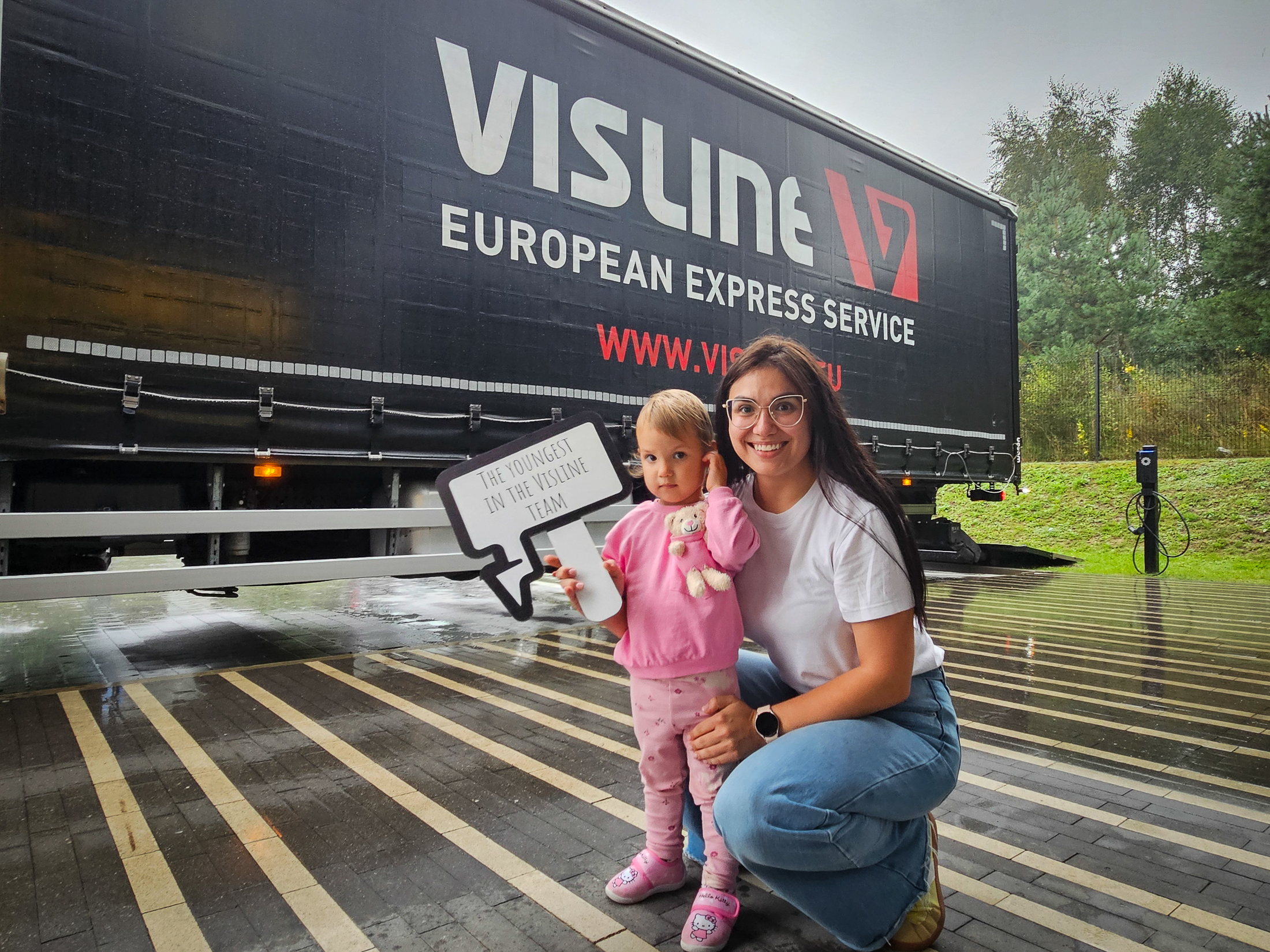How to order transport? A beginner’s guide for those who need a truck.
Konrad Spuła
Published 03.10.2025
8 min reading time
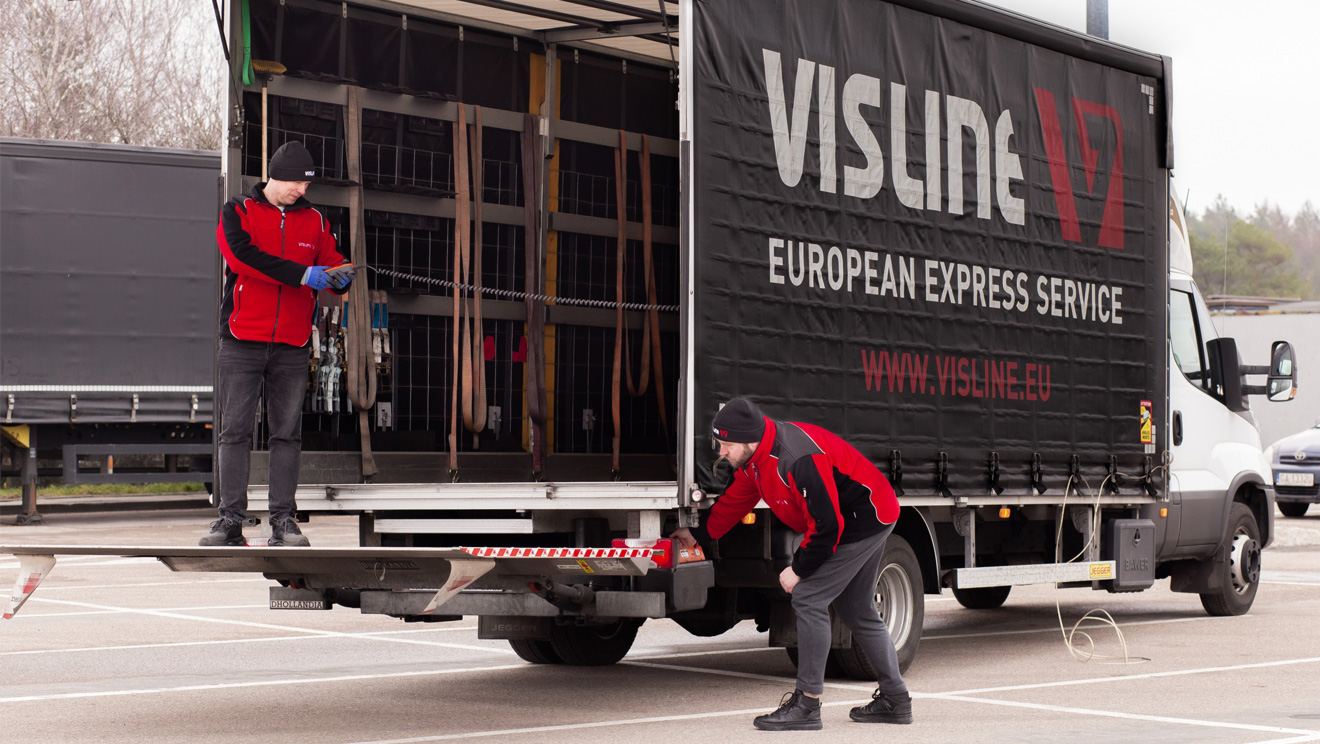
If you need to transport goods by truck and don’t know how to start, this guide is for you.
Before you send a request for quotation to a transport company, it is worth checking whether your order is feasible at all. Here are some of the most common questions clients ask us:
- 1. How and where can I order transport?
- 2. What should I include in a request for quotation?
- 3. Will my goods fit into the truck?
- 4. How to load and unload goods from the truck?
- 5. What is the maximum payload of the vehicle?
- 6. How is the cargo secured and who is responsible for it?
- 7. Does the driver have a forklift or pallet truck? What is its capacity?
You can read the entire article or go directly to the section that interests you. For easy navigation, we’ve created it in FAQ format. We recommend reviewing all of them.
1. How and where can I order road transport?
There are two basic ways – freight exchanges and direct inquiries.
The first are online platforms where you can post your request, and freight forwarding/transport companies will respond with offers. Freight exchanges can be paid or free; the largest ones require a subscription.
The second option is to send inquiries directly to selected transport companies. This is usually done via email or an online form, but you can also just call.

Freight exchanges vs. direct contact with a transport company
Freight exchanges are portals where shippers can find carriers for their loads. It’s a tool for professionals – there are many offers, but also disadvantages, especially when the transport is incidental, has special requirements, or you want the best tailored option.
By contacting a freight-forwarding company directly, you avoid chaos and, above all, can rely on support and comprehensive service from a dedicated employee assigned to your order.
2. What should I include in a request for quotation?
Ideally, your request should contain at least the following:
- Loading and unloading locations (country, postal code, city).
- Loading and unloading dates (if you don’t know the exact delivery date, provide only the loading date and whether the transport is express or standard; ideally, provide a deadline by which the goods must arrive).
- Cargo weight, package size, and number of pallets (if unsure, provide weight and number of items, e.g. 3 shipments with a total weight of 3500 kg, each 120x80x50; or better, calculate the LDM – loading meter).
3. Will my goods fit into a truck?
To determine whether your cargo qualifies for standard or oversized transport, it’s good to know the capacity of common vehicles.
There are four basic options, and it also matters whether your cargo is shipped as dedicated transport (FTL) or as part load (LTL), i.e. consolidated with other clients’ cargo.
Types of vehicles
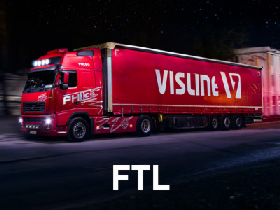
FTL – Full Truck Load
Commonly called a “TIR” (truck & trailer). FTL means the entire truck is used exclusively for your goods.
This means that FTL transport is a so-called ‘dedicated’ service, i.e. only our goods or goods from loading points selected by us will be transported in the lorry from the loading points to the unloading points.
Cargo space
- Width: 2.5 m
- Length: 13.6 m
- Height: 2.7 m
Max payload / pallets
- 24 tons
- 33 pallets
Body types
- tarpaulin
- reefer
- rarely box
Loading/unloading
- Rear (forklift, ramp)
- Side (forklift)
- Top (crane)
Equipment
Rarely has a tail lift; pallet truck not standard. Trucks are equipped with straps, corner protectors, anti-slip mats.
Variants
- Mega trailer (higher loading space: 3 m)
- Truck with mounted forklift.
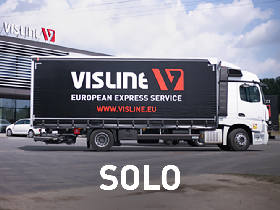
SOLO truck – the name reflects the characteristics of this type of vehicle – a lorry with a cargo space. ‘Solo trucks’ have a lower load capacity and cargo space than FTLs in the sense of a tractor+trailer combination.
SOLO vehicles come in several variants – there are vehicles with a GVW (gross vehicle weight) of 18, 12 and 7.5 tonnes. This can be misleading, as GVW does not refer to the maximum weight of the load, but to the entire vehicle including the load.
Cargo space 18t / 7.5 t
- Width: 2.5 m / 2.4 m
- Length: 8.5 m / 6 m
- Height: 2.8 m / 2.6 m
Max payload / pallets 18t / 7.5t
- 7.5 t / 3.2 t
- 20 / 14 pallets
Body types
- tarpaulin
- reefer
- box
Loading/unloading
- Rear (forklift, ramp)
- Side (forklift)
- Top (crane)
Equipment
Often has a tail lift (1500 kg for 18t, 1000 kg for 7.5t). Pallet truck usually included.
Variants
- There are many variants of SOLO trucks. In the description, we have listed the most common ones. However, it is worth knowing that there are also versions with a GVW of 12, 16 and 26 tonnes with different cargo space sizes.
- Tandem is the name for a SOLO vehicle with an additional trailer. In this configuration, the total length of both trailers is 15.4 m (2 x 7.7 m).
Comment
Despite lower capacity, SOLO trucks are quicker, easier to park, better in cities, and allowed on weekends.
- Speed of delivery. Due to a number of restrictions on larger vehicles, a driver of a solo vehicle will find parking more quickly, and the lower weight of the vehicle will make it easier for them to overtake.
- SOLO vehicles have more options for moving around in cities. More than FTL, but less than BUS/VAN. They can also travel on weekends.
- The smaller size of the vehicle increases the chance of finding a place on the ferry when the crossing is busy.
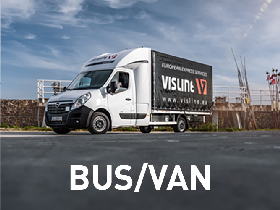
BUS/VAN – A delivery vehicle with a maximum authorised mass of up to 3.5 tonnes, ideal for fast, low-cost transport and city centre driving. Most often used for dedicated transport. Until mid-2026, it does not need to be equipped with a tachograph.
Cargo space
- Width: 2.1 m
- Length: 4.2 m
- Height: 2.3 m
Max payload / pallets
- 1 ton
- 8 pallets
Body types
- tarpaulin
- reefer
- rarely box body
Loading/unloading
- Rear (forklift, ramp)
- Side (forklift)
Equipment
Often tail lift (600 kg). Pallet truck usually included.
Variants
- none
Comment
Express services are provided by BUS/VAN vehicles. Vehicles in this category can overtake more quickly, have no problems finding parking spaces, are not subject to the same restrictions as larger vehicles, and can therefore move freely at weekends. They are also not subject to load restrictions and travel on the same roads as passenger cars.
4. How do I load and unload goods from a truck?
There are several loading options, depending on the type of vehicle (see descriptions in section 3). A convenient solution is the hydraulic lift located at the rear of the vehicle. Goods placed on a pallet are transported to the lift using a pallet truck, lifted and then placed in the cargo area.
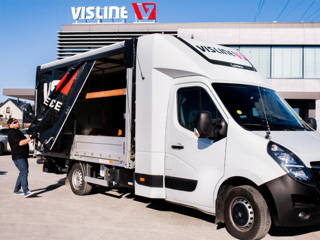
The load can be loaded from different sides of the vehicle. The most possibilities are offered by a tarpaulin body (also commonly referred to as a ‘curtain’), which allows goods to be delivered from the rear, side, and even from above – when using a gantry crane or crane.
Larger vehicles require a forklift truck for loading. Various models are available with lifting capacities ranging from 1.5 to 10 tonnes.
Not every vehicle is equipped with a forklift truck and lift. If you require such equipment, be sure to inform the transport company in your enquiry.
5. What is the maximum payload of a vehicle?
There are many variants for different types of vehicles. In simple terms, the following should be assumed:
- FTL – 24 tons
- SOLO – 3.4 to 7.5 tons
- VAN – up to 1 ton
6. How is the cargo secured, and who is responsible?
Carrier’s responsibility starts once the transport order begins (CMR signed, truck departs).
Client is fully responsible for securing cargo on the pallet and in the truck. The carrier is responsible only for transporting as loaded. The driver is not obliged to secure the goods but may assist with loading using a tail lift. Driver’s help must be arranged at the quotation stage if required.
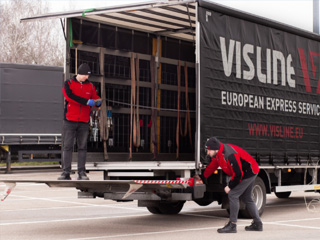
Securing cargo is not the same as loading it. To put it simply, the former is the responsibility of the customer, while the latter is the responsibility of the transport company. The customer can also count on the driver’s advice on securing the goods, provided that it is a standard load. For example, transporting a motorbike will require special wheel locks, which should be provided by the customer.
7. Does the driver have a forklift or pallet truck? What is its capacity?
Drivers are not required to have forklifts. If the truck has a tail lift, pallet truck is usually included.
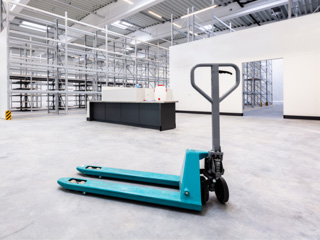
Pallet truck capacity: 1–3 tons.
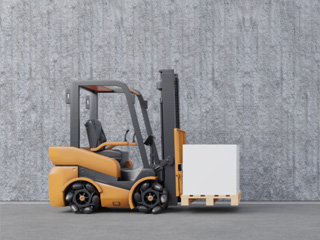
Forklift capacity: 1.5t (electric) to 10t+ (diesel/terrain).
Ask about transport – we will help!
If you need assistance organizing transport, want to know the details, receive a quotation and support, contact our team.
One of Visline’s superpowers is advice and friendliness – because in transport, the most important thing is not kilometers, but the relationships that bring people closer.
Send your request to spedycja@visline.pl or use the form here. You’ll be surprised how quickly we respond.



